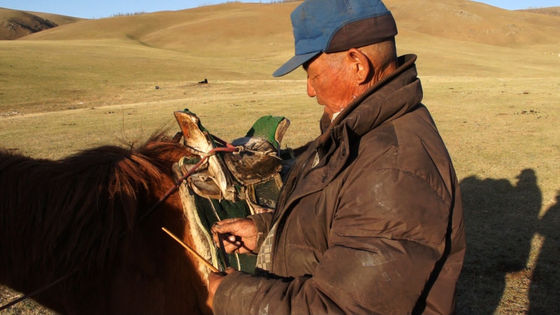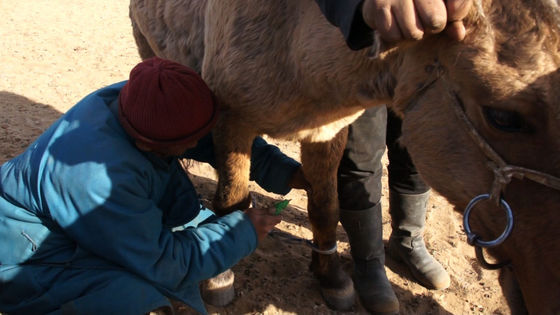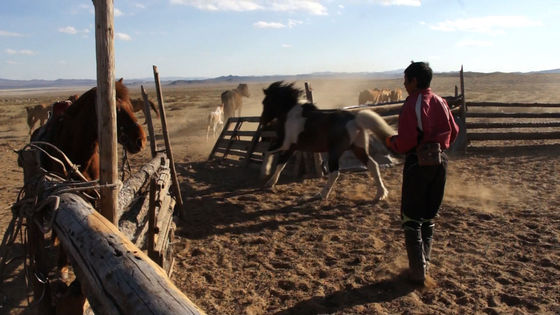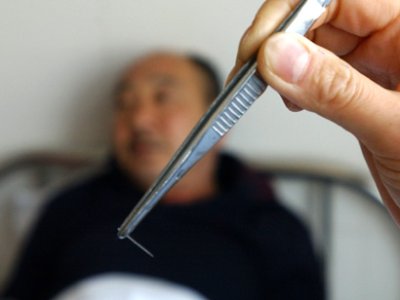What is 'horse phlebotomy' that continues even today?

BLOODLETTING IN MONGOLIA
https://press-files.anu.edu.au/downloads/press/n7034/html/05-bloodletting-in-mongolia/index.html
Phlebotomy was a common medical practice until around the 18th century, and some doctors even performed phlebotomy for almost all medical conditions. In modern times, it is believed that phlebotomy has no medical effect, and although no developed country recognizes phlebotomy as a medical practice, the tradition of phlebotomy is still alive among Mongolian nomads. Anthropologist Natasha Fine conducted a local interview to learn about the bloodletting of horses by Mongolian nomads.
Phlebotomy is performed among Mongolian nomads for the purpose of discharging 'bad blood' from specific blood vessels to balance breath, bile, and sputum. In addition to phlebotomy, medicinal herbs, moxibustion, massage, etc. Treatment such as ceremonies may be performed. Phlebotomy for horses is usually done from late May to mid-July, when the grass buds warmly, and the knowledgeable elder interviewed by Mr. Fine said, 'Blood does not flow thickly on cold or rainy days. It will be in a state. It is only on auspicious days for the horse to exsanguinate the horse. '

The main people who perform phlebotomy are horses that are out of shape, such as 'horses that stumble often' and 'horses that have poor coat'. These horses are thought to have bad blood on their legs, so they cut their legs lightly with a knife and then massage them to drain the bad blood.

The practitioner who was interviewed commented that if phlebotomy was not performed, the fat and muscle of the horse would not increase no matter how much feed was given, and it would recover in about a month after phlebotomy.

Phlebotomy is used not only for the legs but also for the treatment of injuries that can occur when riding hard or when the saddle is not placed properly. According to the practitioner, it is difficult to find the blood vessels that exist between the horse's upper body and shoulder blades, and it is necessary to insert the knife deep into the shoulders.

Phlebotomy is not only performed on sick horses, but also as a preventative measure before sickness. Horses scheduled to participate in the races interviewed by Mr. Fine will be exsanguinated on the palate several times every 15 days, and the practitioner said, 'Only horses that are fleshy and strong throughout the spring will be exsanguinated. Is answered.

Phlein notes that among Mongolian nomads, phlebotomy is considered a necessary technique for maintaining immunity and becoming strong and healthy.
Related Posts:
in Creature, Posted by darkhorse_log







